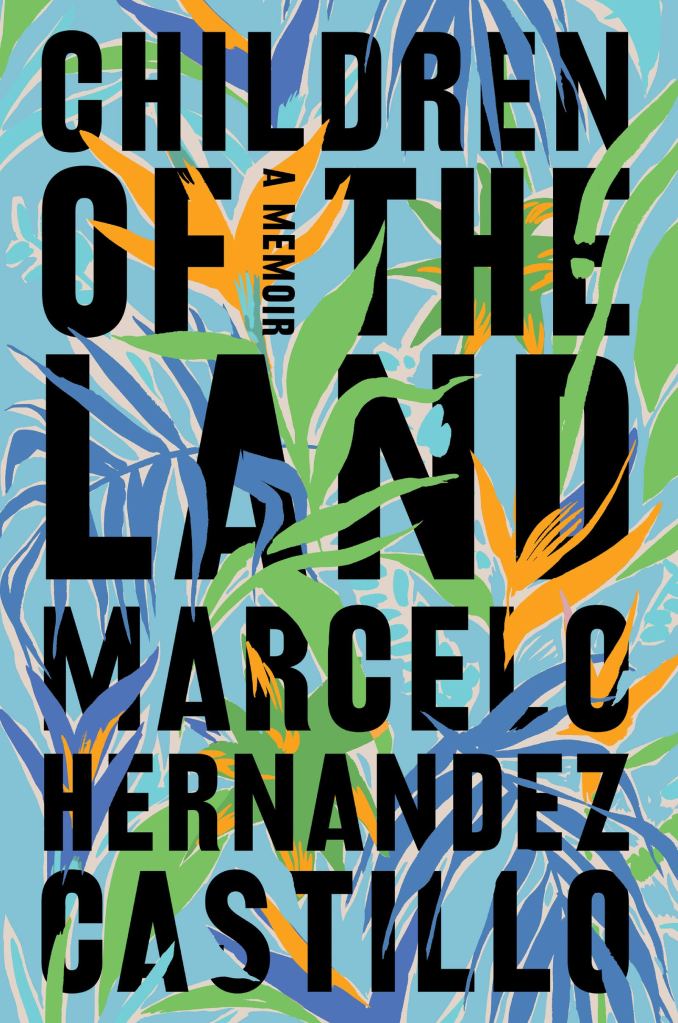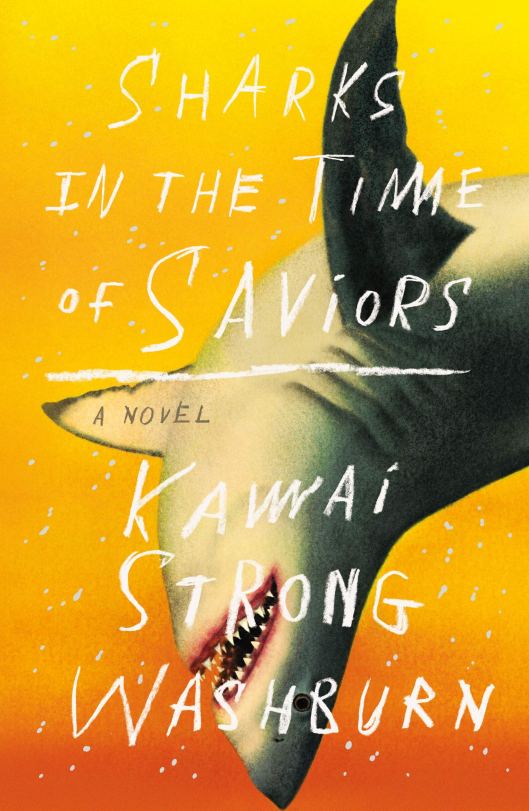Tags
Anuk Arudpragasam, Between the Covers, David Naimon, Hala Alyan, Hanif Adurraquib, Maggie Shipstead, Meredith Hall, Mona Awad, Myriam J.A. Chancy, Rachel Kushner, Vanessa Veselka
How strange to see that my last post was 2020’s book wrap-up, and this year passed in a blur with no other writing. It’s always a goal to get back to writing here; I just need to line up that goal with an increasingly busy work schedule, and stop reading once in a while to write instead.
I read 102 books in 2021, mostly novels, with a dusting of cookbooks, essay collections, and short story collections for intrigue. I started the year with Homeland Elegies by Akhtar and ended with Burntcoat by Hall, an emotional, sensual novel. Both would be featured if I extended my list to twenty. My favorite books are varied but have threads of connection, home, family, perseverance, and introspection. It was difficult to narrow to ten, and honorable mentions go to the forthcoming School for Good Mothers by Chen, fascinating essays by Forna in The Window Seat, and a marvelous short story collection called Milk Blood Heat by Moniz. I finally got to finish The Remains of the Day by Ishiguro, The Door by Szabo, and Open City by Cole, and revisited Pride and Prejudice by Austen for the first time since high school. Bestsellers Crossroads by Franzen, Bewilderment by Powers, Cloud Cuckoo Land by Doerr, Matrix by Groff, and Intimacies by Kitamura were narrowly off my list and each an engaging, absorbing read. The books making the cut have stayed in my brain through this strange year, offering a few hours of initial distraction and lasting contemplation thereafter. Here they are in random order.

All’s Well by Mona Awad
Ms. Awad’s last novel, Bunny, was weird and wild, so I should not have been surprised by this rambunctious retake of All’s Well That Ends Well. Defeated college professor Miranda Fitch is physically hurt, mentally defeated by her privileged, entitled students, and alone. Three mysterious strangers in a bar listen as she airs her grievances… and her life subsequently changes dramatically (no pun intended). This book is delightful, and made me want to read more Shakespeare.
The Great Offshore Grounds by Vanessa Veselka
The first of several books I discovered thanks to David Naimon and his podcast, Between the Covers. I don’t know that I would have read this without hearing his masterful interview, and what a loss that would have been for me. Seattle, sisters, struggle: three words that narrow a sweeping book unfairly but are my takeaways. There is wandering and soul-searching, and always family to create “home” somewhere.
A Passage North by Anuk Arudpragasam
Mr. Arudpragasam is becoming an annual feature on my best-of lists, and is the author I wish more people knew about and read. His books are flawless. In this slim novel, a young man named Krishan travels by train to the funeral of his grandmother’s caretaker, Rani. It’s an introspective account of Sri Lanka’s war-torn history and a treatise on longing and loneliness. I just can’t say enough good about this author or book. Read him!

What Storm, What Thunder by Myriam J.A. Chancy
Another Between the Covers find: in What Storm, we meet neighbors, family, and friends affected by the earthquake in Haiti and see how some come together and others fracture in the aftermath of a tragedy. Each chapter has a unique narrator; though this is a format I struggle with in other books, it is perfect for this novel and seamlessly executed. Chancy is an author I just learned about and it will be enjoyable to read her past work.
The Hard Crowd by Rachel Kushner
When I grow up, I want to be like Ms. Kushner. I mean, she is just so cool. The essay about long distance motorcycle racing will have you holding your breath. After devouring The Mars Room and The Flamethrowers, I should not have been surprised, but was actually astonished by the breadth of her experiences and knowledge, on everything from bartending to political movements to classic cars to famous authors. I love essay collections, and this one was the best of the year.
Beneficence by Meredith Hall
I could define this novel as bleak, but that would be selling short the hope and determination that come in various levels from each of the featured family members. This is a beautiful novel of family interaction and response to tragedy. Set in Maine after WWII, the description of the everyday life of the Senter family sentimentally reminded me of what my mother’s family may have experienced living on a working cattle farm. Ms. Hall’s ability to write about grief and loss is unlike anything I’ve read before. Recommended by my friend Jen, and I thank her!

Crying in H Mart by Michelle Zauner
The best memoir I have read in years – I sat in my hammock on a warm July day and read cover to cover. Yes, I absolutely cried at the end. With exquisite descriptions and memories of sharing food with her family and friends, my love language as well, and a heartfelt description of her mother and their time together, the beauty of this memoir comes from Ms. Zauner’s honesty and frankness.
Great Circle by Maggie Shipstead
With a Booker Prize nomination and a national book group sticker squarely on the front, this one doesn’t need my help… but I’m going to crow about it anyway. The size was daunting at first, but the story is immediately enthralling, and main character Marian Graves is a spitfire. Her childhood with brother Jamie is unusual, her love of flying is controversial, her love stories are fraught… what’s not to like here?

The Arsonists’ City by Hala Alyan
It’s interesting to me that many of my favorites this year are “sweeping saga” novels. In the past I preferred short stories, but 2021 saw me sinking in to some longer, complex novels. In Arsonists’, the Nasr family’s American children gather at the ancestral home in Beirut to decide the fate of the house after Grandfather’s death. There are rote family squabbles and sibling rivalry, but the love story of the Syrian mother and Lebanese father is the center and star of this novel. I liked Alyan’s novel Salt Houses as well.
A Little Devil in America: Notes in Praise of Black Performance by Hanif Abdurraqib
Another author who always seems to make the list is Mr. Abdurraqib – I didn’t think any of his books would eclipse my love for Go Ahead in The Rain, but this one comes close. The essays are sharp; they weave topics I would never have thought of together and cover a seemingly inexhaustible list of Black performers and artists. It’s a collection I could revisit one hundred times and find something new to consider each time.
___________
When I looked through the list of books I read in 2021, these ten stood out almost immediately and thus have been chosen as my favorites. Ask me again tomorrow and I may have another/a different two or three to recommend! It’s nice to look back, even as we look ahead to some that are sure to thrill in 2022. What were your favorite books of the past reading year? What are you looking forward to trying? Happy reading!


























